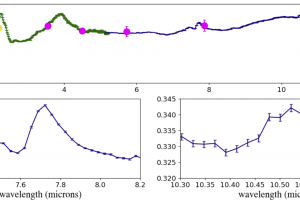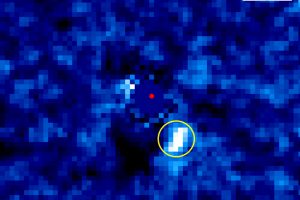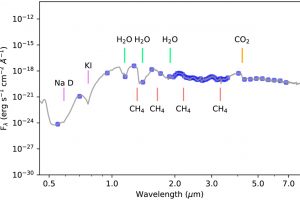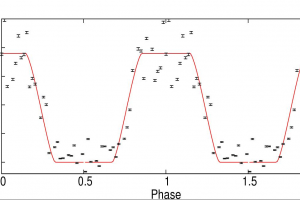Low mass stars and brown dwarfs in the star forming region Corona Australis. The study “The substellar population in Corona Australis” of K. Muzic (Universidade de Lisboa) appeared on A&A

A new study on the low mass stellar population of the star forming region Corona Australis shed light on the formation of brown dwarfs In recent years, several studies of star-forming regions near the Sun have revealed that a significant fraction of the stellar population of the Milky Way consists of brown dwarfs—objects whose cores do not reach the
» Read more



